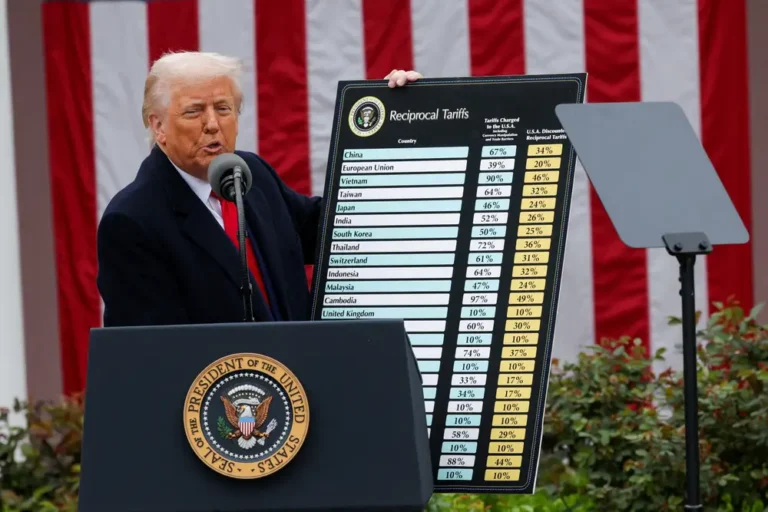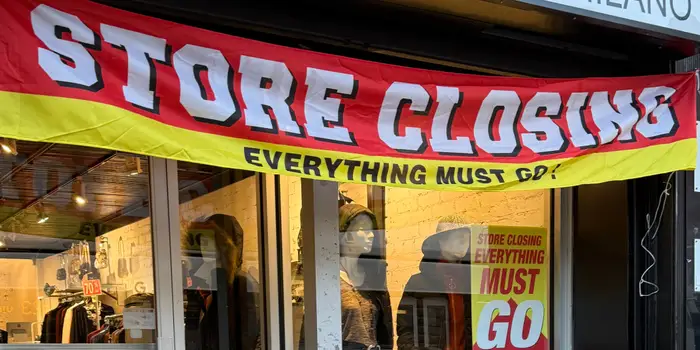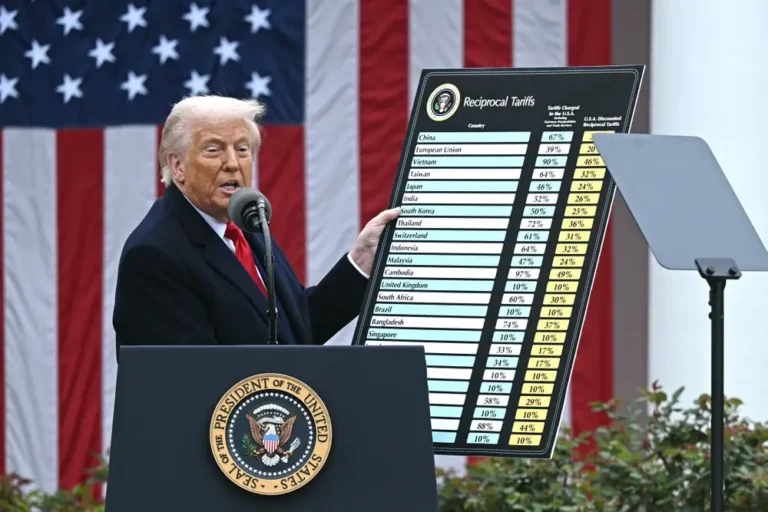3 pivots real-estate investors are making to maximize their cash flows in a tight, high-interest rate market, according to a loan manager

- Suzanne Luther says the jump in mortgage rates has made cash flow tight.
- Investors are pivoting by shopping for different types of loans.
- They are also strategically buying homes near certain buildings and businesses.
As of Tuesday, the 30-year fixed mortgage rate was 7.07%, and the refinance rate for the same term was 7.16%. Since 2021, rates have more than doubled.
It’s a big step, says Suzanne Luther, a loan manager who founded FasterFunds Lending in St. Louis, Missouri, a short-term, hard money lender for rehabbers and landlords.
Before interest rates began to rise rapidly, investors could build their real estate portfolios by buying, rehabbing, renting, and then turning to a lender to refinance property so that they could use the cash to repeat the process, a process known colloquially as the BRRRR method.
However, rising interest rates are having a negative impact on cash flow. Many people believe they can make up the difference because rents are rising — but they aren’t rising fast enough, she claims.
Using short-term rentals to increase cash flow has also faded. Airbnb rentals were popular a few years ago. However, reports of lower demand are becoming more common. According to data from AllTheRooms, an analytics firm, revenue per listing is down by 50% in some areas, according to Newsweek.
The pivot
Midterm rentals, or terms longer than two weeks or 30 days, are one option that Luther says property owners are increasingly turning to. They still produce more cash flow than traditional long-term leases, but they are easier to manage in today’s market. According to her, there is a consistent demand for these properties because they are frequently rented to traveling professionals.
“What we’ve started seeing is people buying in populated areas by hospitals that seek out traveling nurses because traveling nurses can pay significantly more,” Luther explained. “And people prefer it to short-term rentals because they can still get much higher rents than with a traditional rental, but they don’t have the constant turnovers.”
This strategy has been popular in areas with both Barnes-Jewish Hospital and St. Louis Children’s Hospital in St. Louis, Missouri. This year, Luther has seen three clients come to her for hard money loans to purchase property near these hospitals. They bought single-family homes, renovated them, and then furnished them. These listings were then made available on Furnished Finder. She added that it becomes easier over time as some nurses recommend the property to the next nurse when they move on.
Luther added that having a month-to-month lease with tenants is one of the most significant benefits of midterm rentals. Because you have a lease to show the lender, it is easier to refinance the property with a bank. Because there is often no set term defined on the agreement, the lender may not be aware that it is a midterm.
You can begin by conducting research to determine what needs exist in your market. She suggests looking for hospitals that rotate traveling nurses, homeowner insurance companies that place displaced people, or corporate housing firms.
If the trend shifts away from midterm demand, she says, you can pivot and switch to a short or long-term demand. As a result, it’s critical to plan multiple exit strategies for any property you’re considering.
She claims that the only people who are successfully “BRRRRing out right now” are either flipping their property to a midterm rental or finding the right loan product.
A second trend Luther is seeing is investors turning to hedge funds to enter the real-estate market. She mentioned that Wall Street money is coming together to offer long-term financing for rentals. These mortgages are known as Debt-Service Coverage Ratio (DSCR) loans. They can be obtained if a property is an investment with cash flow, so this is not for homeowners who intend to be primary occupants, she explained. These loans frequently do not require tax returns, which lowers the entry barrier. In addition, unlike a 30-year fixed conventional loan, investors can secure the loan through an LLC rather than their own names, she said.
Some firms’ rates aren’t always going to be significantly lower than those of traditional banks, but the supply is creating competition, allowing people to shop around, she said. You may be able to get a lower rate depending on the type or term of the loan you require, especially if your alternative is a commercial loan. In contrast to a conventional mortgage, you can have an unlimited number of these loans, she added.
She emphasized that there are a few things that borrowers should keep in mind when taking out these types of loans. First, they charge steep penalties if you pay off the loan before the term is up. As a result, you should plan on keeping the property for the duration of the loan. Because the government does not back these loans like banks do, no one knows what will happen if they decide to close shop or fail to perform. Because there is little regulation in this area, it’s like the Wild West, and borrowers must carefully vet the company because each one is unique. These loans also necessitate larger down payments.
However, some of Luther’s clients have used these firms to get out of hard money loans. Dominion Financial, for example, she said, gave one client a 30-year fixed rate of 7.625%. They had to pay $1,200 in fees and appraisal, as well as a 2% origination fee. The prepayment penalty on this long-term loan is 5% after the first year, 4% after the second year, 3% after the third year, 2% after the fourth year, and 1% after the fifth year. Her second client obtained a five-year adjustable-rate mortgage (ARM) at 8% with a loan-to-value ratio of 60% from Kiavi. Both of these lending companies act as brokers for hedge funds.
Finally, many real-estate investors opt for an early exit strategy, flipping houses and selling them before obtaining a mortgage. This allows them to build up their cash reserves so that when they find an investment property they want to keep, they can make a larger down payment and the loan will be made on a much smaller amount, resulting in lower interest payments, she explained. Given the current market’s limited supply, it’s also a seller’s market, which they can take advantage of, she added.






